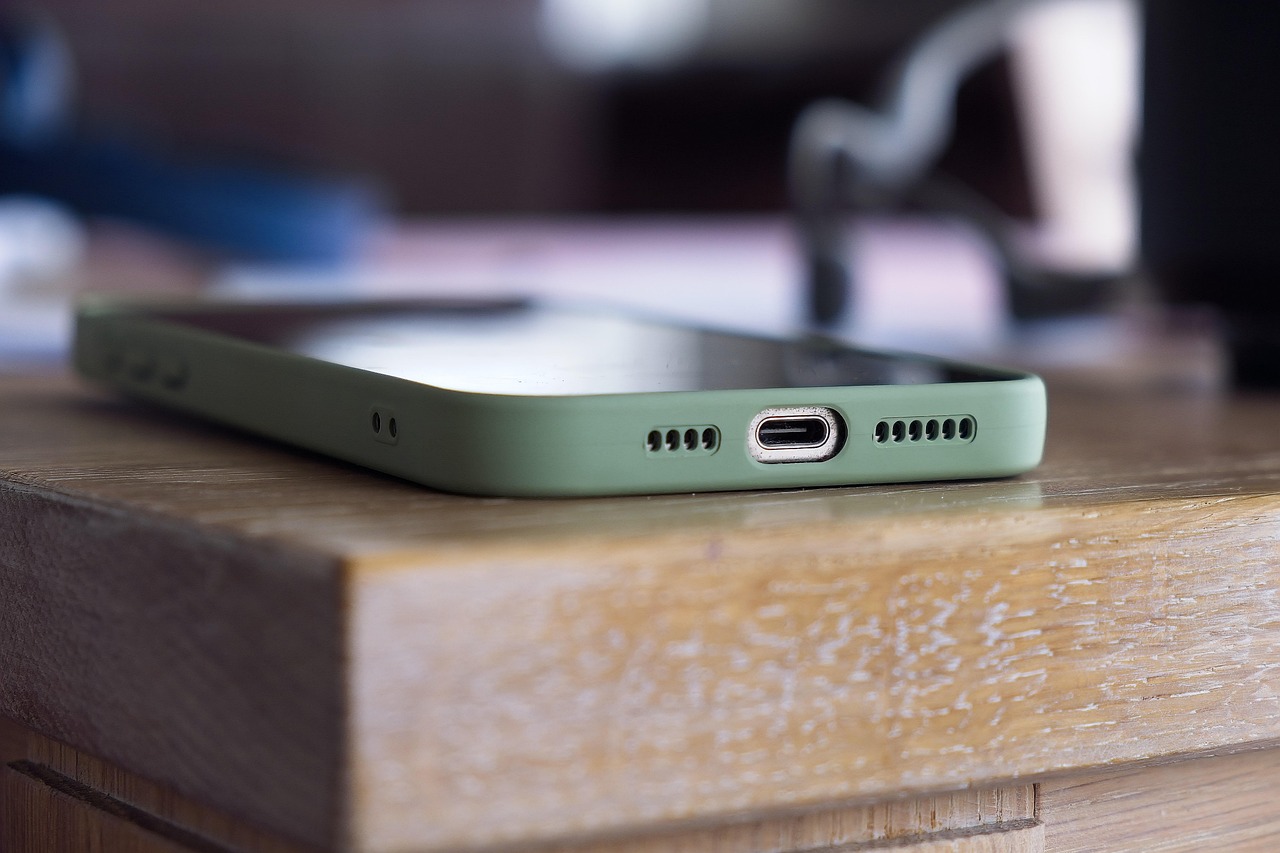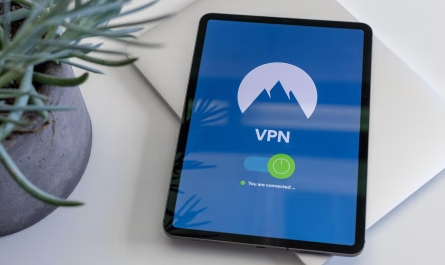Why Your Old Phone Is a Goldmine for Hackers
Most people see old smartphones as harmless gadgets perfect as hand-me-downs for children, convenient backup devices, or simply nostalgic keepsakes. But in the world of cybercrime, these outdated phones are far from harmless. To hackers, an old phone is a treasure chest packed with sensitive data, unpatched vulnerabilities, and forgotten accounts just waiting to be exploited.
The Hidden Security Risks of Old Phones
Many users underestimate the dangers of keeping or using older devices. In fact, old phone security risks are among the most overlooked threats in today’s digital landscape. Hackers target these devices because they often lack:
- Modern smartphone security protections
- Encryption updates
- Active patches for vulnerabilities
Without these safeguards, your outdated phone becomes a prime target for cyberattacks.
Part 1: The Psychology of Hackers and Why Old Smartphones Are Easy Targets
To understand the risks, we must step into the mind of a hacker. Cybercriminals are not always highly sophisticated masterminds; many are opportunists. They look for the path of least resistance. While breaking into a new, well-secured iPhone might require significant effort, gaining access to an outdated Android phone can take only minutes.
1. Low-hanging fruit strategy
Hackers often prioritize “soft targets.” Old smartphones are attractive because they:
- Lack current security patches.
- Run outdated apps vulnerable to exploits.
- Are often neglected by owners (no monitoring, no updates).
2. Data value
Even an old phone may contain:
- Personal photos and videos.
- Saved credentials (emails, banking apps).
- Access to cloud storage.
- Location history.
For identity thieves, these details are worth thousands of dollars.
3. The hidden “backdoor” risk
Many old phones remain synced to accounts even after being set aside. If stolen or sold without a proper reset, they provide direct access to emails, social media, and even corporate systems.
Part 2: The Hidden Risks of Old Smartphones
Let’s break down the major vulnerabilities.
1. Outdated Operating Systems
Manufacturers eventually stop supporting older models. Without patches, every vulnerability discovered after that date remains unprotected. Hackers actively scan for these devices.
Example: The “Stagefright” bug affected millions of Android devices in 2015. While newer phones received patches, older models left in drawers never did—yet many were still in use years later.
2. Weak or Reused Passwords
Research shows that 59% of users reuse passwords. Old devices often carry outdated credentials, giving hackers multiple entry points.
3. Forgotten Accounts and Apps
Apps like early banking platforms or legacy messaging services may remain installed, storing cached data and personal information.
4. Physical Theft
Unlike modern devices with biometric locks, older phones rely on PINs that are easier to guess. A stolen phone can reveal an entire identity profile.
Part 3: Ten Essential Smartphone Security Steps to Prevent Hacking
Now that we understand the risks, let’s move into solutions.
Step 1: Update or Upgrade Your Device
- Always install the latest software updates.
- If unsupported, retire the device.
- Check “Settings > About Phone > Software Update” regularly.
Pro tip: Devices unsupported for more than 12 months should not be used for sensitive tasks like banking.
Step 2: Strengthen Device Authentication
- Use strong, unique passwords.
- Enable biometric authentication if available.
- Avoid default PINs.
Educational sidebar: A 4-digit PIN has 10,000 combinations, but a 6-digit PIN has 1,000,000—making brute force attacks significantly harder.
Step 3: Enable Two-Factor Authentication (2FA)
- Use an authenticator app (Google Authenticator, Authy).
- Enable 2FA for key accounts: email, cloud, banking, social media.
- Avoid relying solely on SMS codes.
Did you know? 2FA reduces the risk of account takeover by 99.9% (Microsoft study).
Step 4: Remove Unused Apps and Accounts
- Audit all apps.
- Delete accounts you no longer use.
- Revoke permissions regularly.
Example: Old gaming apps may still have access to your contacts, camera, or location—data valuable to cybercriminals.
Step 5: Encrypt Your Device
- Enable full-disk encryption.
- Encrypt SD cards and backups.
- Use encrypted messaging apps like Signal.
Why it matters: Encryption ensures that even if your device is stolen, the data remains inaccessible without the key.
Step 6: Avoid Public Wi-Fi Without Protection
- Always connect through a VPN.
- Turn off automatic Wi-Fi connections.
- Use personal hotspots when possible.
Example: Hackers use “man-in-the-middle” attacks to intercept data on open Wi-Fi networks at airports and cafes.
Step 7: Install Security Apps
- Use antivirus apps (Bitdefender, Avast).
- Install anti-theft tools that allow remote wiping.
- Schedule regular scans.
Step 8: Backup Your Data Regularly
- Enable automatic cloud backups (Google Drive, iCloud).
- Keep encrypted offline backups on external drives.
- Test recovery to ensure backups are usable.
Step 9: Factory Reset Before Disposal
- Remove SIM and SD cards.
- Encrypt before resetting.
- Use wiping tools for complete data erasure.
Step 10: Stay Informed
- Follow blogs like Krebs on Security.
- Join mobile security forums.
- Stay updated on phishing, ransomware, and spyware trends.
Part 4: Advanced Mobile Privacy Tips
Going beyond the basics, here are advanced steps to maximize security:
- Use Privacy-Focused Browsers – Brave or Firefox with ad blockers.
- Restrict Permissions – Review app permissions every 3 months.
- Secure SIM Cards – Use a SIM PIN to prevent SIM-swapping.
- Physical Privacy Tools – Privacy screens and RFID-blocking sleeves.
- Regular Security Audits – Perform quarterly checks of device health and accounts.
Part 5: Case Studies in Smartphone Hacking
Case 1: The Leaked Cloud Account
An old phone synced to iCloud was sold on eBay. The new owner accessed private photos because the seller failed to log out.
Case 2: Corporate Breach via Forgotten Device
An employee’s outdated Android phone remained connected to the corporate email system. A phishing app installed by hackers later exposed the company’s internal data.
Case 3: SIM Swap Attack
An attacker stole an old phone and requested a SIM replacement. Using SMS 2FA, they drained the victim’s bank account within hours.
Part 6: Frequently Asked Questions
Q: Can an old phone be used safely as a backup?
Yes, if it is updated, encrypted, and cleared of unnecessary apps.
Q: Are iPhones safer than Android devices?
Not inherently—security depends on updates, user practices, and configurations.
Q: Can factory reset alone protect me?
Not always. Without encryption, forensic tools can recover deleted files.
Conclusion: Building a Culture of Smartphone Security
Old smartphones may appear outdated, but to hackers, they are opportunities. By neglecting updates, weak passwords, or forgotten apps, users unintentionally hand over access to personal and financial information.
The good news? You can take control. By applying these smartphone security practices, mobile privacy tips, and proactive measures to prevent hacking, you transform your device from a vulnerability into a tool of empowerment.
Security is not about fear—it’s about awareness and action. With regular updates, encryption, 2FA, careful disposal, and continuous education, you not only protect your old smartphones but also build habits that strengthen your entire digital life.



